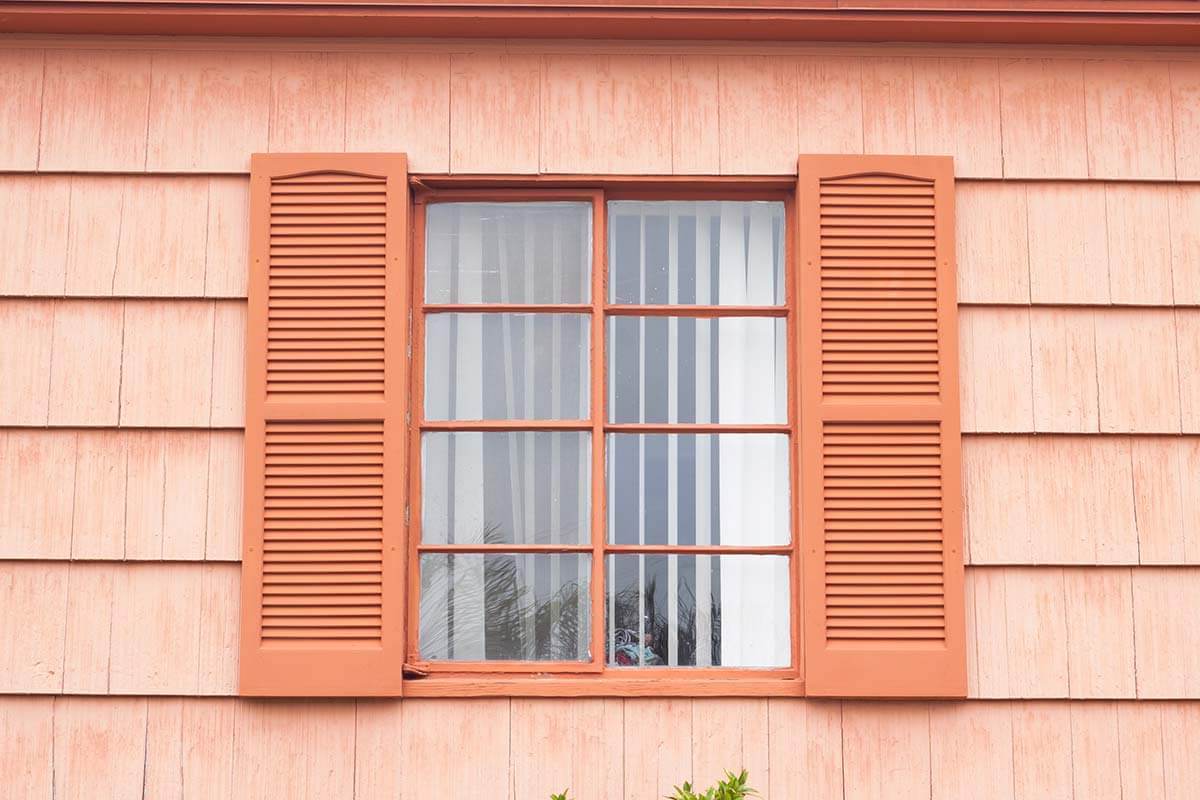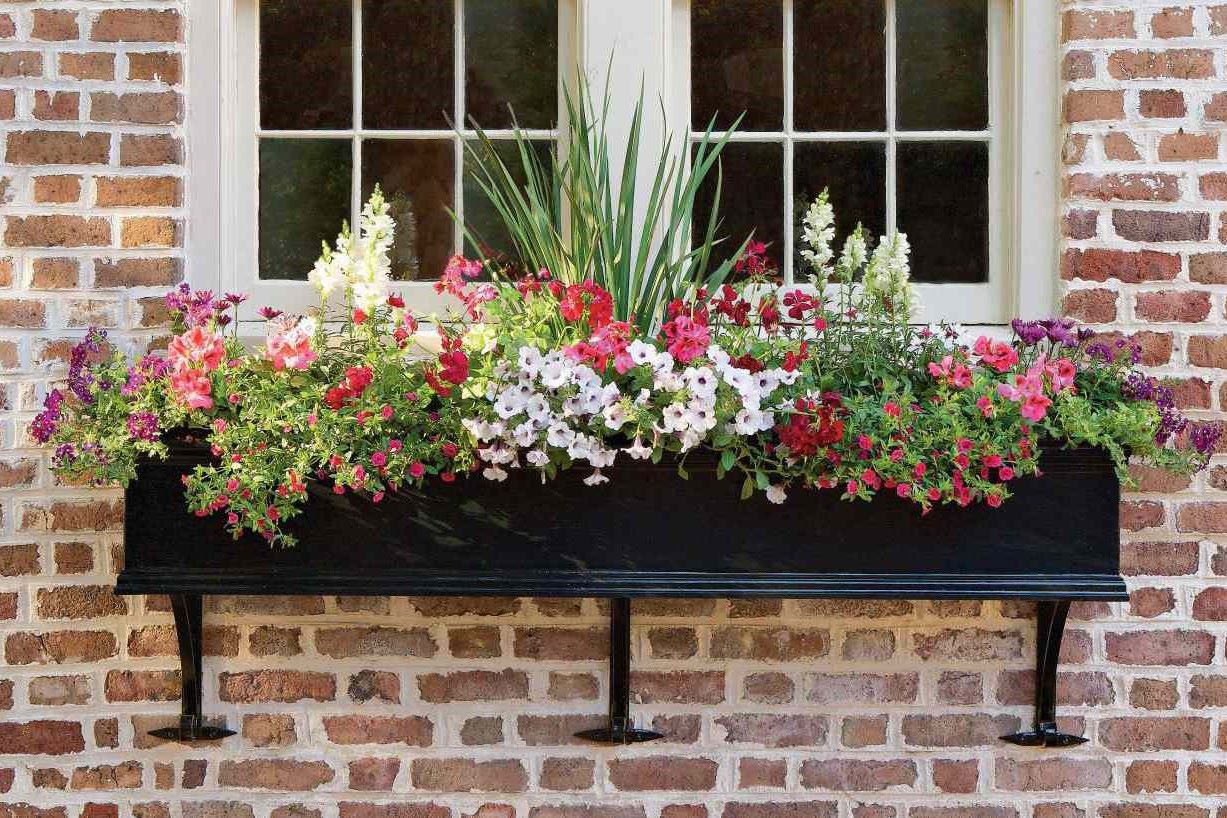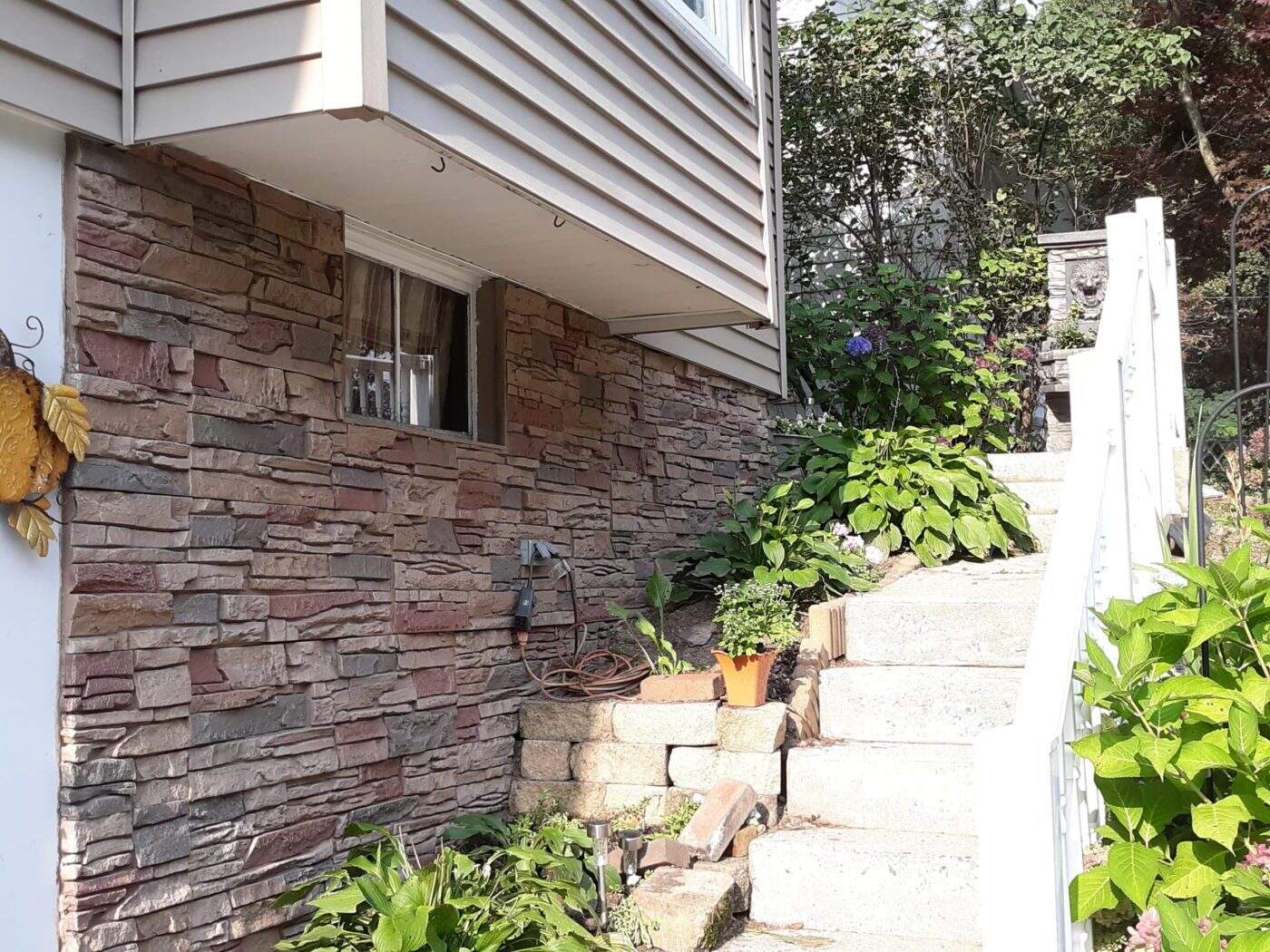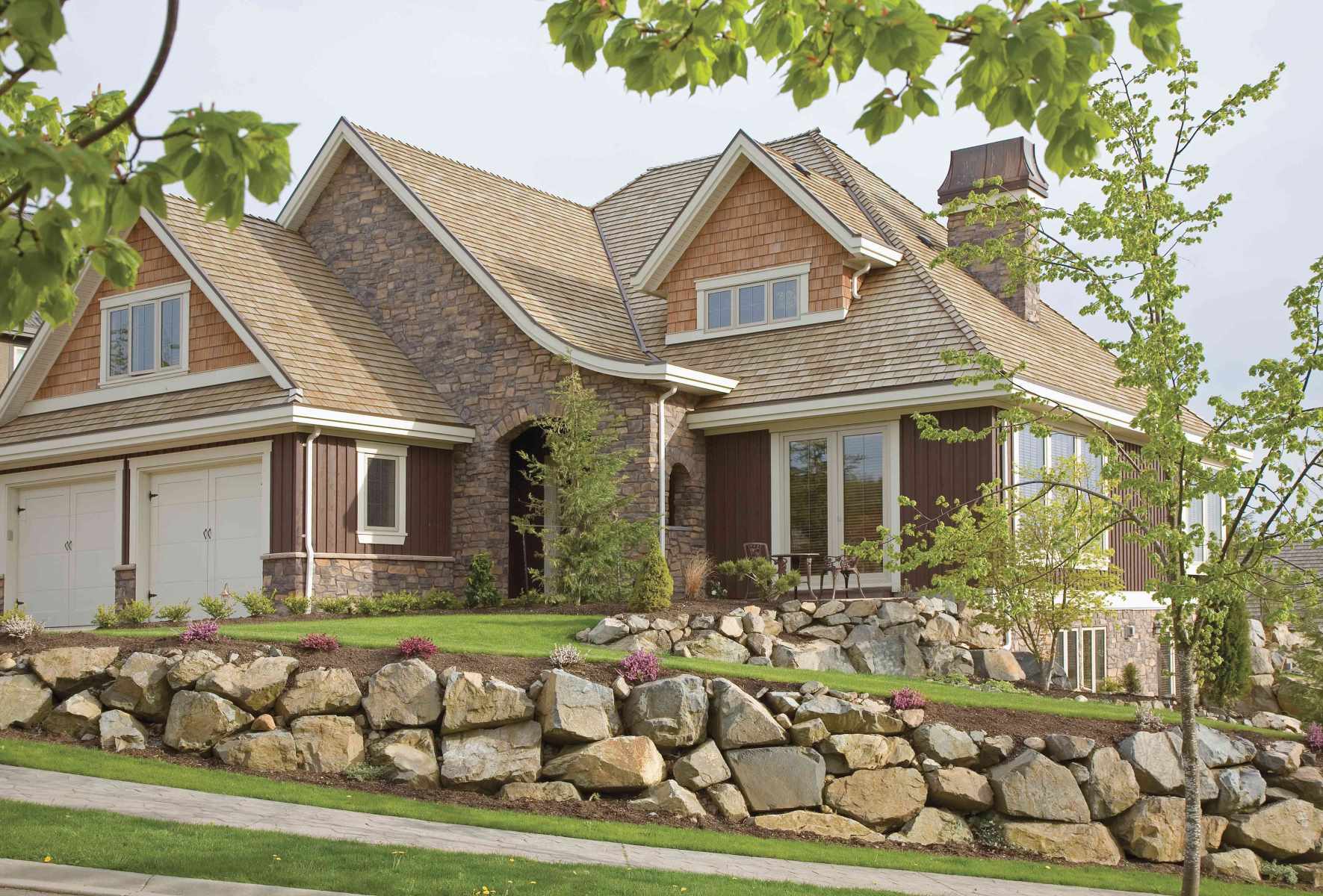Home>Ideas and Tips>DIY Guide: Painting Your Home’s Exterior


Ideas and Tips
DIY Guide: Painting Your Home’s Exterior
Modified: October 28, 2024
Transform your home's curb appeal with our DIY guide to exterior painting. Learn essential steps, tools, and tips for a professional finish.
(Many of the links in this article redirect to a specific reviewed product. Your purchase of these products through affiliate links helps to generate commission for Storables.com, at no extra cost. Learn more)
Painting your home's exterior is a significant undertaking that can dramatically enhance its curb appeal and protect it from the elements. While it may seem daunting, with proper planning and preparation, you can achieve professional-looking results. In this comprehensive guide, we will walk you through the essential steps to successfully paint your home's exterior.
Essential Tools and Materials for Exterior Painting
Before you start your project, it is crucial to have the right tools and materials on hand. This will make the process smoother and more efficient. Here are some of the essential items you will need:
Primer Options
Applying a coat of primer before painting is essential to protect your house paint from wind, water, and other weather damage. The paint will last longer this way, and your house will look better. Try to buy your paint and primer from the same manufacturer for the sake of compatibility.
For most exterior surfaces, a high-quality latex acrylic primer with 100% acrylic binders is recommended. However, if you are painting cedar and redwood, you should use oil-based primers and an oil-based topcoat to prevent tannins in the wood from bleeding through the new paint.
Brushes, Rollers, and Sprayers
The choice of brushes, rollers, and sprayers depends on your home’s exterior surface and your personal preference. Here’s a brief overview of each:
-
Brushes: Brushes offer the most control and are ideal for detailed work. They are particularly useful for painting trim, windows, and other areas where precision is required.
-
Rollers: Rollers can cover large, flat areas quickly. They are often used for painting the main body of the house but may not be as effective for detailed work.
-
Sprayers: Paint sprayers work quickly but require more prep work and skill to avoid drips and overspray. They are ideal for large surfaces but can be messy and wasteful if not used correctly. You’ll also need up to three times more paint when using a sprayer, and some will be wasted in the transfer process.
Safety Equipment
Preparing the necessary safety equipment is crucial to protect yourself from falls, paint fumes, and debris. Here are some essential items:
-
Sturdy Ladder: Ensure that your ladder is sturdy and placed on flat ground. Always exercise caution when using a ladder.
-
Drop Cloths: Protect plants and surfaces with drop cloths to prevent paint spills.
-
Dust Masks or Respirators: Wear dust masks or respirators to protect yourself against atomized paint spray.
-
Non-Slip Shoes: Wear non-slip shoes to prevent slipping on wet surfaces.
-
Safety Glasses: Wear safety glasses to protect your eyes from paint splatters.
Preparing Your Home’s Exterior for Painting
Proper preparation is the key to a successful and long-lasting exterior paint job. This can be the most time-consuming step, but it’s essential for achieving professional-quality results.
Cleaning and Power Washing
Scrub your exterior surface to remove dirt, mildew, and broken-down paint residue that can keep fresh paint coats from adhering to your walls. Most contractors clean with pressure washers, but if you aren’t familiar with this equipment, you can gouge wood, shatter glass, and drive water behind your siding and trim. You can use a hose, a pump sprayer, or a scrub brush to safely and effectively clean.
Before you begin the scrub-down, protect nearby plants by misting their leaves and saturating surrounding soil with water. Pull them away from the house if possible, and shroud them in fabric drop cloths. Lay additional drop cloths along the base of the walls to collect any falling paint debris.
Wet your walls before you scrub them, then wash them with a mixture of 1 gallon of water, 1 cup of chlorine bleach, and 1 cup of either a concentrated, phosphate-free cleaner, such as a trisodium phosphate substitute, or Jomax House Cleaner. Work from the bottom to the top to avoid streaks. Rinse your walls well before the solution dries. Wood siding and trim should be ready to paint after a day or two of dry weather.
Scrape and Sand
Remove peeling paint and rough spots using a paint scraper and sandpaper. This step is crucial for creating a smooth surface for painting. Sanding also helps to remove any imperfections on the surface, ensuring that the new paint adheres well.
Caulk and Seal
Seal cracks and gaps around windows, doors, and trim with exterior-grade caulk. This step prevents water from seeping into the gaps and causing damage to the underlying structure of your home.
Choosing the Right Paint
Selecting the appropriate paint is crucial for the longevity and appearance of your exterior. Here are some factors to consider:
Paint Type
Choose a high-quality exterior paint formulated for your climate. Latex paint is a popular choice for its durability and ease of application. However, if you are painting cedar and redwood, you should use oil-based primers and an oil-based topcoat to prevent tannins in the wood from bleeding through the new paint.
Paint Finish
Consider the desired look and the level of sheen you prefer. Common options include matte, satin, or gloss finishes. Matte finishes are ideal for those who want a flat appearance without any sheen, while satin finishes offer a slight sheen that is easy to clean. Gloss finishes provide the highest level of sheen but may show more imperfections on the surface.
Color Selection
Choose colors that complement your home's style and surroundings. Consider consulting with a color consultant for expert advice. It’s also important to check the color in different lighting conditions to ensure it looks good both in sunlight and shade.
The Painting Process
Proper application is essential for a long-lasting and attractive finish. Here’s how to proceed:
Step 1: Prime the Surface
Apply a high-quality exterior primer to ensure better paint adhesion and coverage. Use a primer when painting over new wood or bare wood or when repainting over existing bright or dark colors.
Step 2: Paint Trim and Windows
Start by painting the trim and windows. Use brushes for detailed work around windows and doors, and rollers for larger areas like window shutters. Don’t close the windows completely after painting to prevent sticking. Leave a very small strip of paint around the edges of the windowpanes to seal out the weather.
Step 3: Paint Siding
Paint the siding first. Start at the top, painting horizontally as you work your way down. Use a scaffold if possible or move the ladder regularly. Overreaching on a ladder is dangerous, and uneven paint application will result if you can’t see the lap marks well.
Step 4: Paint Foundation
Finally, paint the foundation last. This ensures that any spills or drips won’t damage the newly painted areas.
Additional Tips
Here are some additional tips to keep in mind during your exterior painting project:
Use Extensions If You Don’t Have Scaffolding
If you don’t have scaffolding, try using extension handles that add up to 10′ to the length of a paint roller or painting pad. This can help you reach high areas without using a ladder.
Rent Scaffolding
Renting scaffolding is much safer than using ladders for high areas. It provides a stable platform for painting without the risk of falls.
Combine Brushing and Spraying Techniques
Consider combining brushing and spraying techniques for better coverage. Spraying can cover large areas quickly but requires more prep work and skill to avoid drips and overspray. Brushing is ideal for detailed work but can be time-consuming.
Plan Ahead
Plan your project carefully, including the weather forecast. Paint when temperatures are above 50 degrees Fahrenheit and below 85 degrees Fahrenheit. Avoid painting in direct sun as it can cause paint to dry unevenly.
Dispose of Paint Properly
After completing your project, dispose of leftover paint properly. Clean paint from the rim of the can, seal container lids tight by tapping with a hammer and a block of wood, and store solvent-based paint cans upside down to prevent skin formation.
Potential Issues
There are a few things to be aware of when painting the exterior of your home:
Sunlight and UV Radiation
Sunlight and moisture can cause chalking and tint loss. However, latex paint tends to resist these effects better than oil-based or alkyd paints.
Water and Moisture
Wood expands and contracts due to changing moisture levels, which can cause paint to crack and flake. Permeable or breathable latex paint allows water vaporization before damage occurs. Moisture can also cause blistering, leading to mildew growth. Paint additives keep mildew from forming but won’t kill existing mildew.
Change in Temperature
Paint with superior adhesion and flexibility helps prevent cracking caused by expanding and/or contracting of the substrate (wood, plywood, or hardboard). Top-quality acrylic latex paint is an excellent choice for areas with freeze/thaw cycles.
Conclusion
Painting your home’s exterior is a significant undertaking that requires careful planning, preparation, and execution. By following these steps and tips outlined in this guide, you can achieve professional-looking results without hiring a professional. Remember that thorough preparation is key to a successful exterior paint job. Always use high-quality materials, follow proper painting techniques, and maintain your paint job diligently to enjoy a beautiful and protected exterior for years to come.
By following this comprehensive guide, you will be well-equipped to tackle your exterior painting project with confidence. Whether you choose to use brushes, rollers, or sprayers, remember that preparation is essential for achieving a long-lasting finish. Happy painting
Was this page helpful?
At Storables.com, we guarantee accurate and reliable information. Our content, validated by Expert Board Contributors, is crafted following stringent Editorial Policies. We're committed to providing you with well-researched, expert-backed insights for all your informational needs.










0 thoughts on “DIY Guide: Painting Your Home’s Exterior”